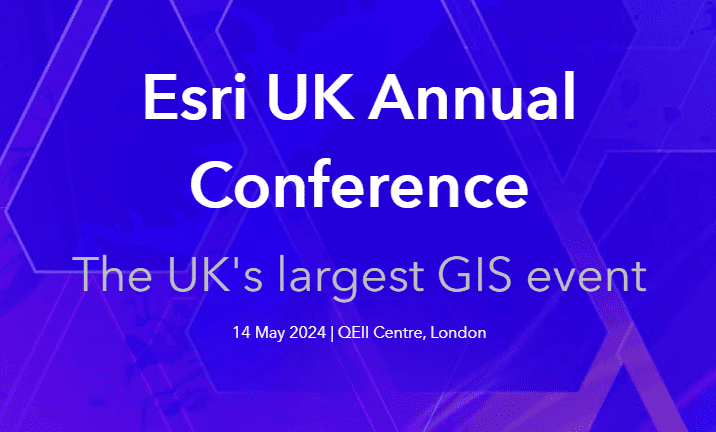GIS vs Geomatics: How Do They Differ?

Geomatics and Geographic Information Systems (GIS) share similarities and are often thought to be the same disciplines; however, the two fields are significantly different.
Geomatics
Developed in the 1980s by Michel Paradis, geomatics is a scientific term for gathering, storing, processing and delivering geographic information. Geomatics includes tools used in land surveying, remote sensing, GPS and related forms of earth mapping.
The term geomatics was created as an umbrella term, and the goal was to create a synergy by combining the digital technologies from different disciplines.
Geographical Information Systems
Geographic information system (GIS) collects, stores, analyses, and visualises geographical data, and geomatics collects and manages geographically referenced information.
GIS was developed in the 1960s by Dr Roger Tomlinson to help determine land capability by mapping data related to soils, forestry, agriculture and land use.
The present-day use of geographic information systems has grown exponentially. Many sectors such as infrastructure, utilities, environmental agencies and other essential services use it to enhance their businesses’ capabilities by becoming more efficient, improving decision-making, and improving overall customer service.
GIS is geographical data stored in layers and integrated with geographical software that creates, stores, and processes spatial information. You can use GIS to help solve and monitor climate change, environmental problems, above ground and underground utilities, infrastructure, etc. It is the most effective, efficient, and cost-saving solution to your organisation’s data management, analysis, and visualisation tool.
As you can see, there are some similarities. Below we will talk about what makes them different.
9 Differences Between Geomatics And GIS
The definition of the two fields indicates the primary difference between them, and these are the other distinguishing factors.
1. General Principle:
- Geomatics involves the presentation of data and processes for sustainable growth and development.
- GIS is primarily based on geocoding and converting geographical data into visual data and translating it to a map.
2. Data Integrations:
- Geomatics includes integrating geospatial technology tools like land surveying, global positioning systems (GPS), mapping and remote sensing.
- GIS is the integration of spatial data and its attributes, combining layers of different data types to create the final GIS product, such as a map.
3. Improved Decision Making
- Geomatics relies on receiving timely information from various resources and generates logical decisions for the action plan or policies with integrated data.
- GIS end data is beneficial in decision making and supporting sustainable development.
4. Cost-Effectiveness
- Geomatics is an accurate, timely and cost-effective tool for analysing measurements and visualising objects on the earth’s surface.
- GIS is the most effective, efficient and expensive method of data management, analysis and visualisation and requires costly software necessary to collect and analyse data.
5. Forest Management
- Geomatics uses a GPS to conduct forest surveys and identify eco-sensitive areas and then sends the information to the remote sensor that uses the data to manage the forest resources.
- GIS data is helpful for forest mapping. Forest management organisations use spatial data to help understand the current conditions to develop a system. With remote sensors, forest management teams can detect changes in the forest, analyse forest conditions and map the land.
6. Allocation Of Resources
- Geomatics utilises software engineering in preparing and controlling the information system and guarantees spatial data transfers for arranging and asset portions.
- GIS improves the distribution and arrangement of resources and is used to make arrangements for segment changes in a specified location.
7. Environmental Management
- Geomatics is an essential tool for analysing environmental information systems and natural resources. Geomatics technology also supports and elevates knowledge on ecological management and analysis.
- GIS software uses include environmental assessment and the environmental effects on natural resources. GIS risk management promotes the advancement and development of simple databases to advanced layers outlay.
8. Mapping
- Geomatics carries mapping division with the support of GIS, and any analytical processes in combination with mapping data result in map-based information.
- GIS is responsible for the mapping function, and all collected data is stored in the GIS database and represented in a map format.
9. Improves Understanding
- Geomatics as spatial data content improves the reliability of the final results and helps in ecological decisions.
- GIS gives us the ability to question, manipulate, summarise and recognise patterns from the data collected in charts, forms or maps.
Future Proof Your Business
The fields of GIS and Geomatics are both growing exponentially. Still, they have tremendous potential to transform the way we make decisions, maintain and monitor the environment and assets, and gather and utilise data in utilities, infrastructure, urban development, government, etc.
MGISS is here to help empower your decision making and put your organisation at the forefront of the competition. Geospatial data and technology will transform how your operations function, positively impact your customer satisfaction and minimise your impact on the planet.
Contact us today to get started future-proofing your business.
About
Empowering your decision making with the asset data truth. Independently advising on the smarter use of Geospatial data, technology and the digital transformation of field operations.



